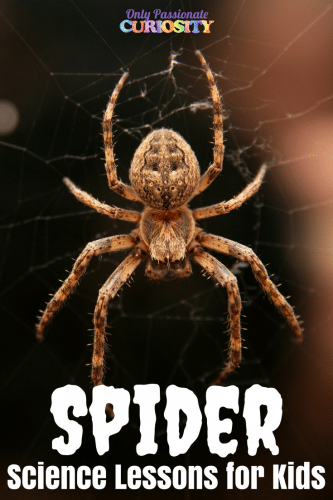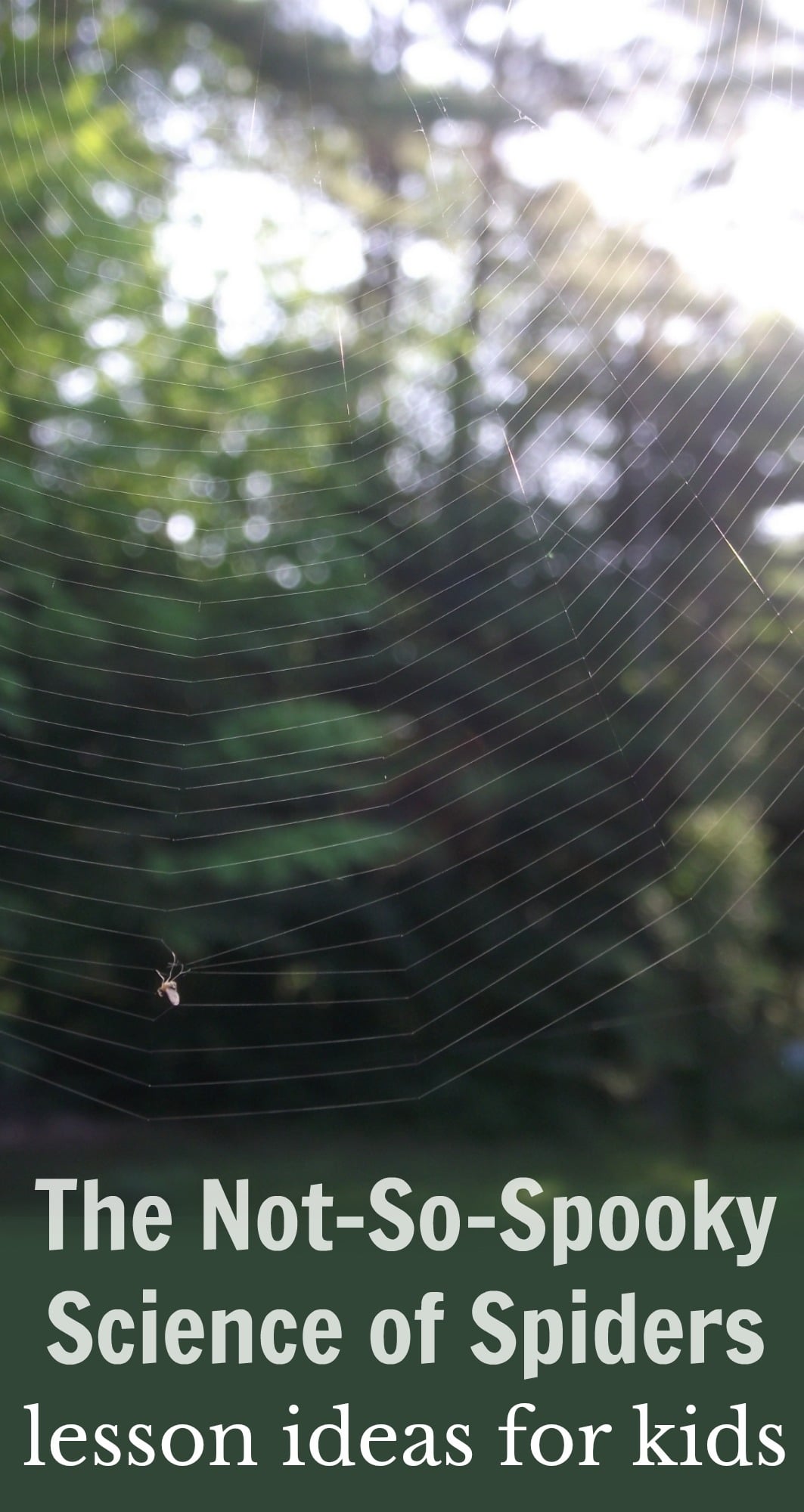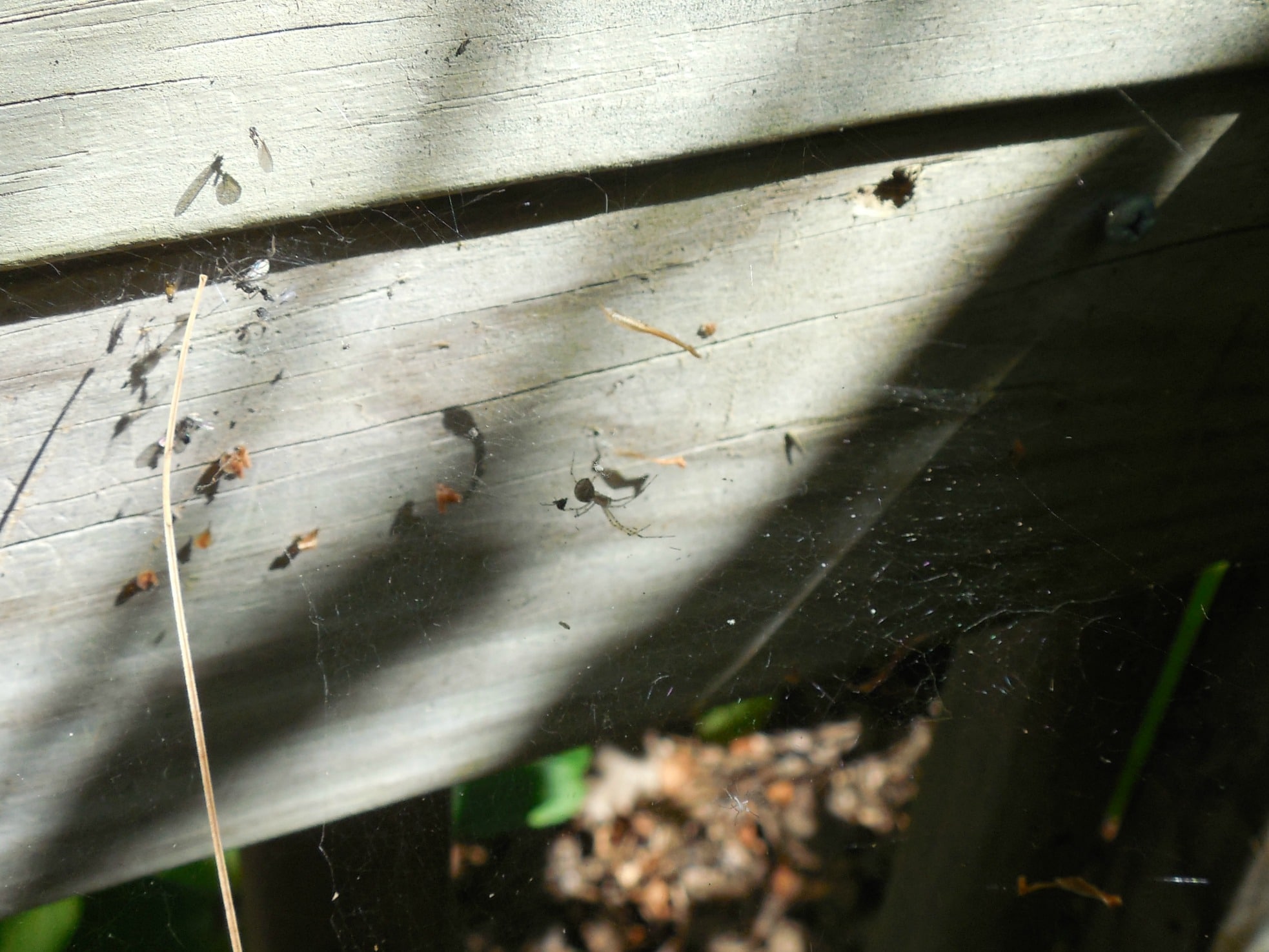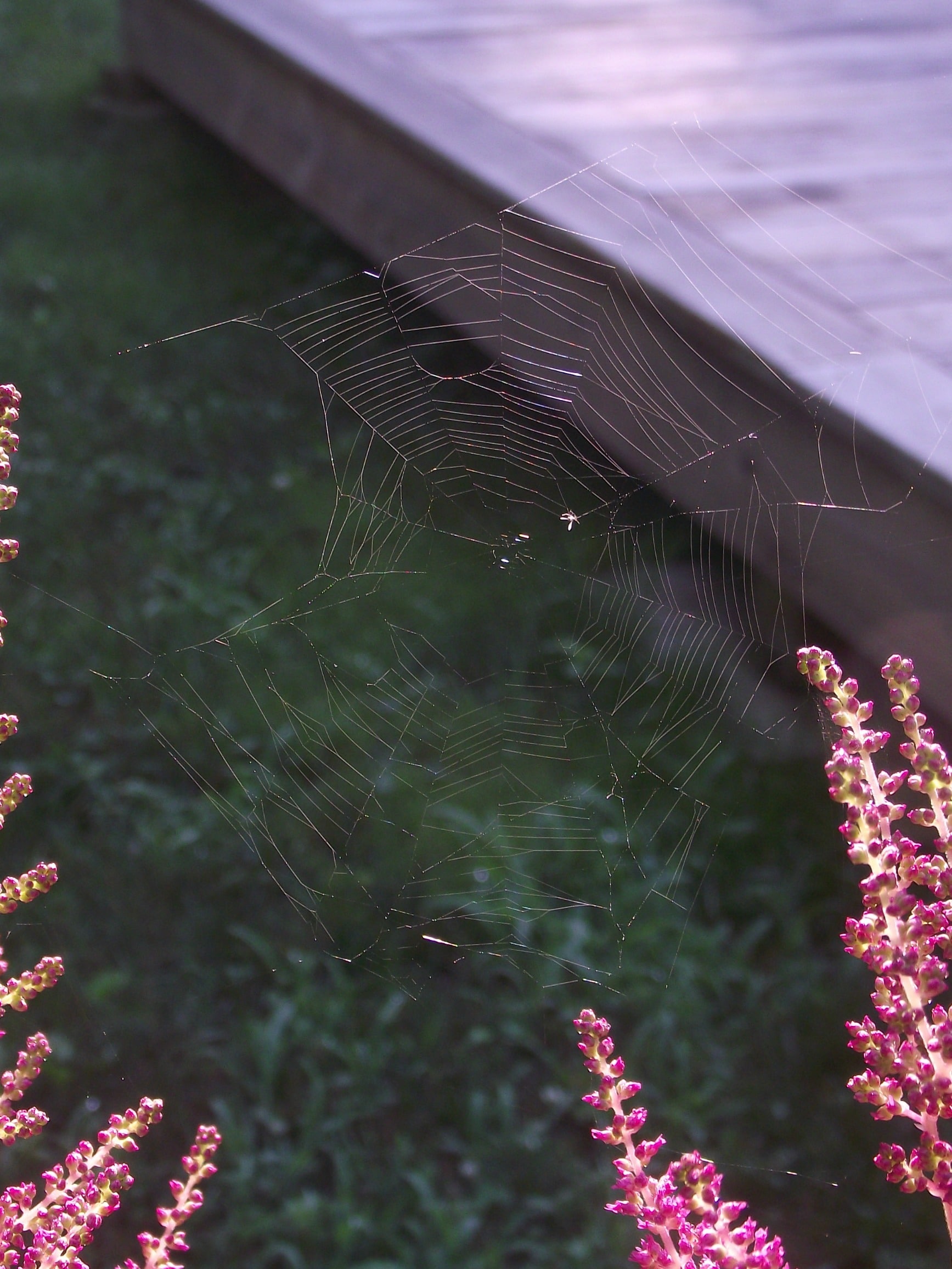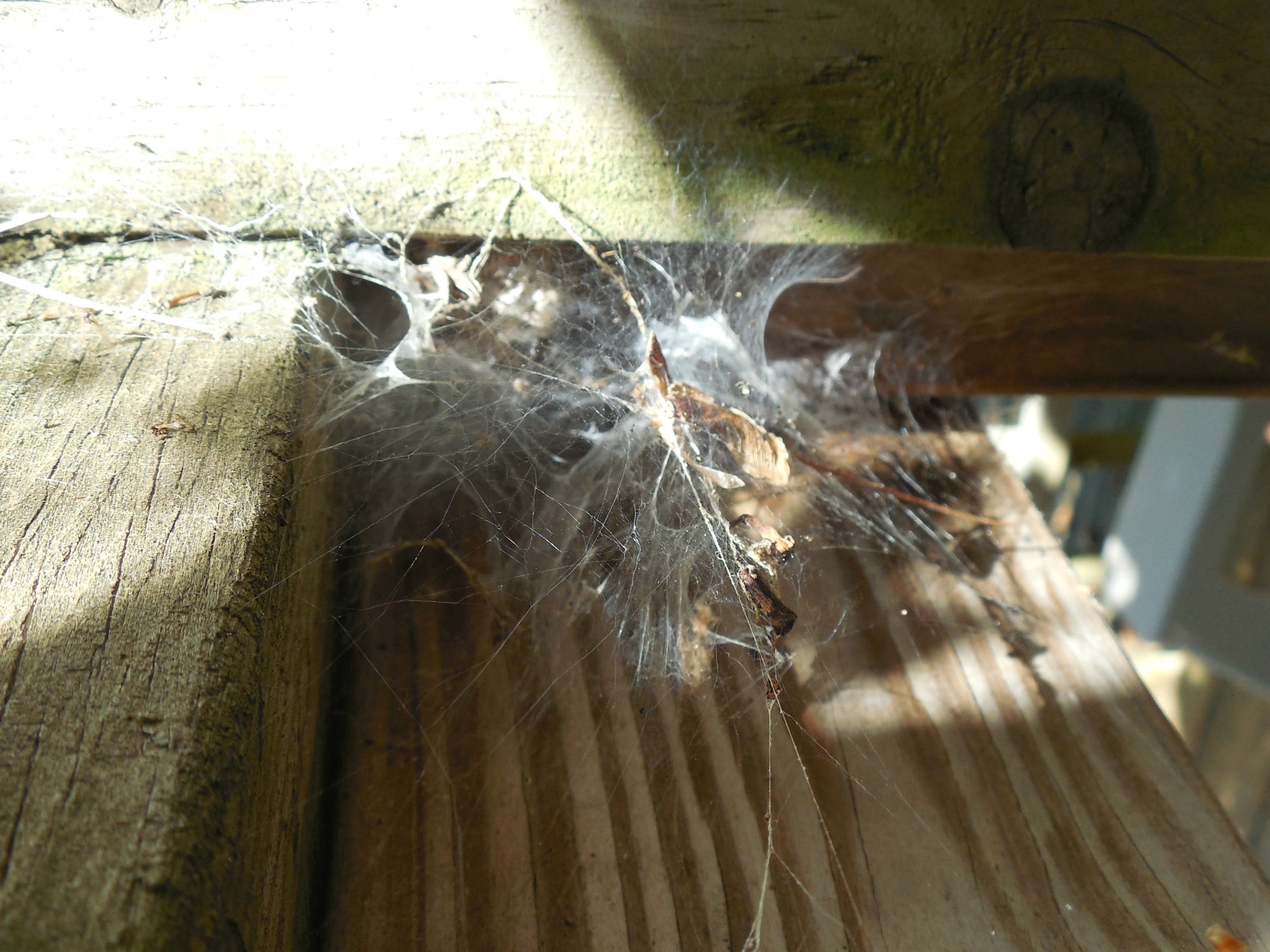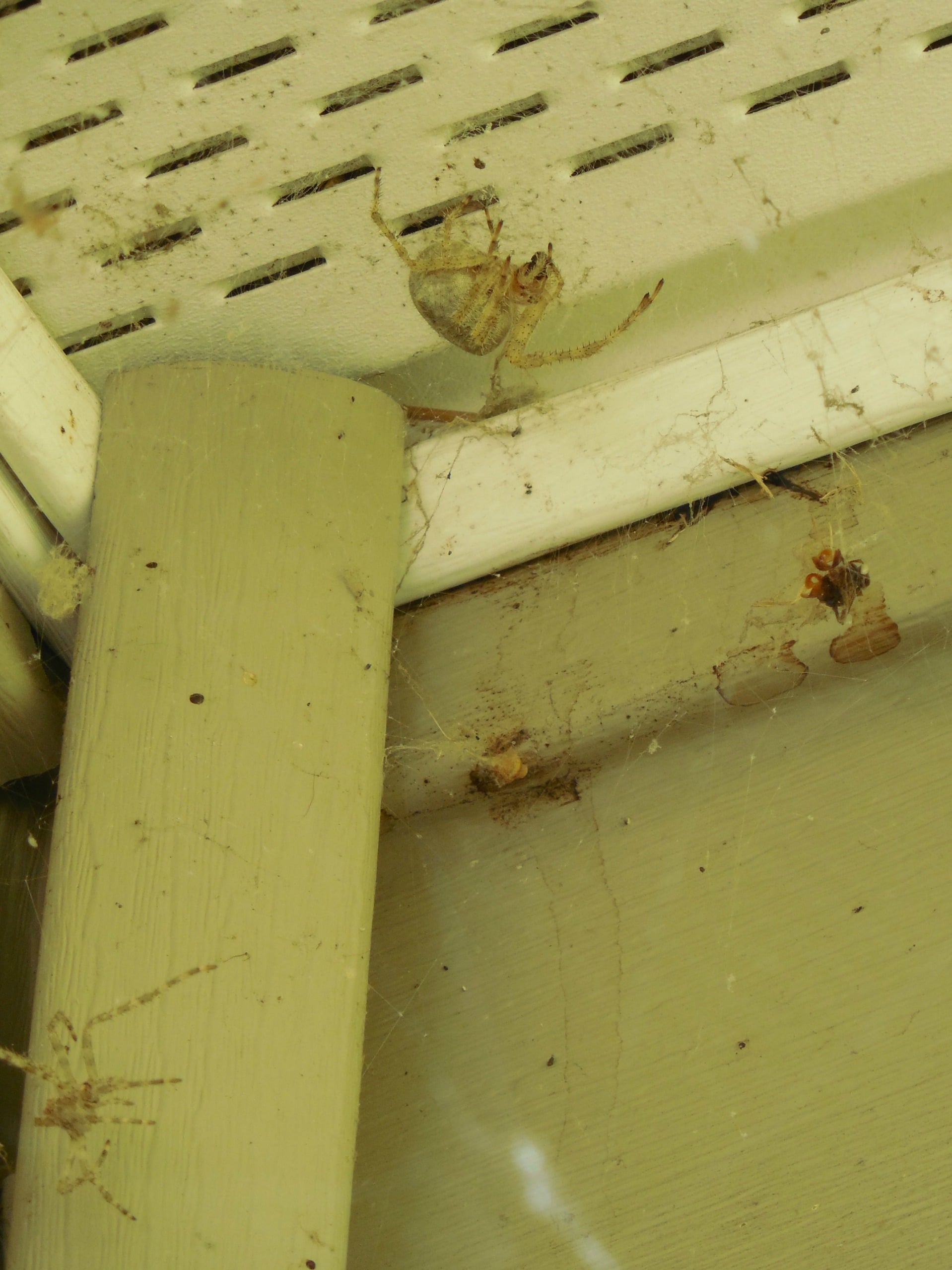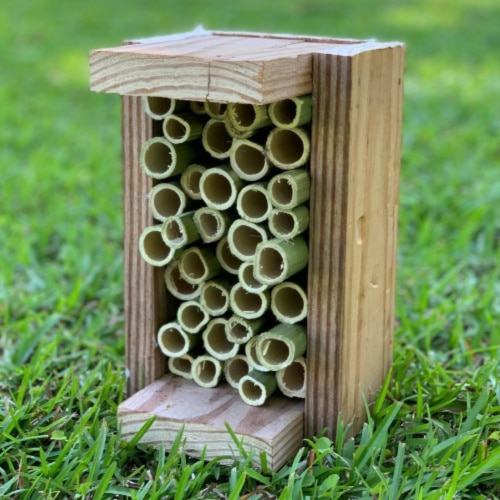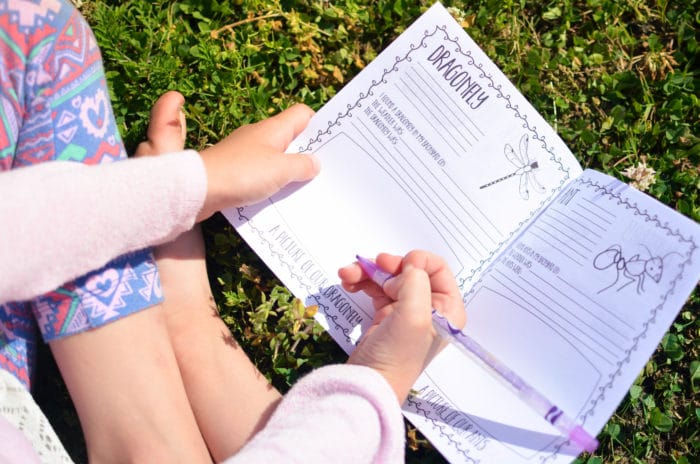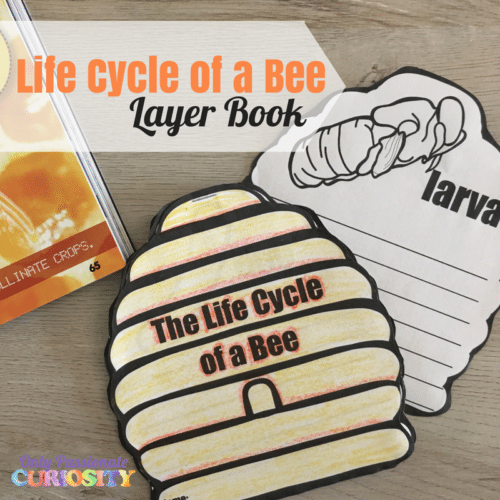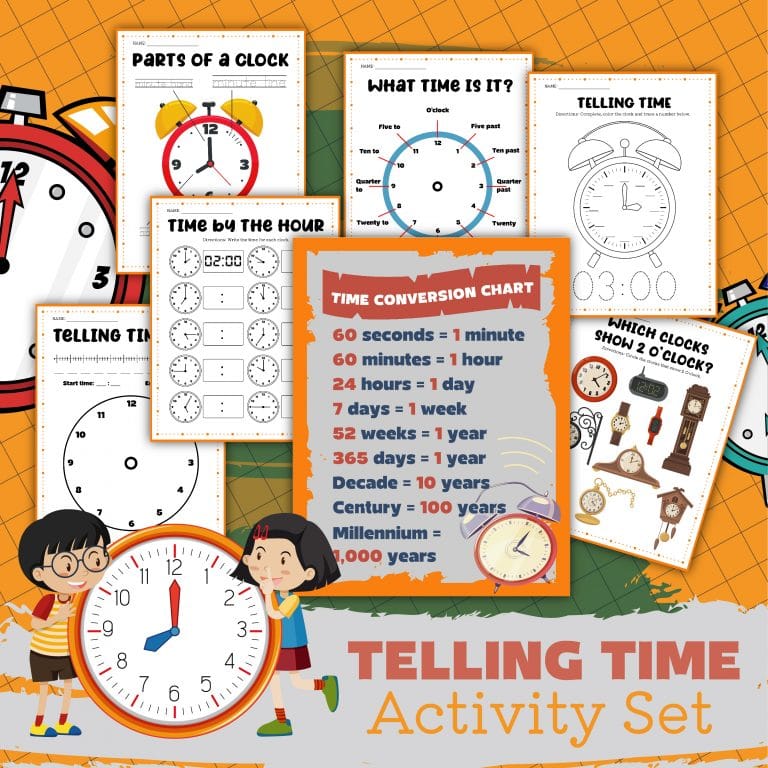The Not-So-Spooky Science of Spiders
Okay, you might think I’m crazy for saying this, but I like spiders. Stick with me here. Yes, I rescue them from bathtubs and let them build their webs in the corners of our home’s exterior. I point their fabulous webs out to my children. Why? Well, because they are ecologically important, they’re beautiful, and they build amazing structures.
You might not be a big fan of spiders, but it’s still a good idea to teach your kids the importance of the not-so-spooky spider. At the very least, if you teach your kids to love them, then they can rescue YOU next time one takes up residence in the bathtub!
Learning to Love Spiders
I’ve always enjoyed tiny creatures like insects and spiders, but I distinctly remember one book that helped me learn the importance of a spider as a child. Be Nice to Spiders by Margaret Bloy Graham is the story of a boy who accidentally leaves his pet spider, Helen, at the zoo. Helen goes to work catching insects, and the zoo animals quickly become happier. After a zookeeper cleans up her webs, however, the flies come back and bother the animals. The story continues, and it is easy to see what happens here. Spiders are an important part of the natural order of things.
As it was an older book even when I was a kid, I was surprised and excited to see that you can click here to find Be Nice to Spiders for purchase. It’s an oldie but goodie. I’m excited for my family to read it too!
Spider Science Investigations
Here are some ideas for incorporating spiders into science lessons or units that you may already be teaching, including ecosystems and food chains, animal adaptations, and outdoor nature explorations.
Spiders are Important to Ecosystems
If you are teaching about food chains, food webs, ecosystems or trophic pyramids, then you definitely want to include spiders. Why? Predators are important. They help to maintain balance in an ecosystem. They live everywhere, so you’ve probably got an actual living example for kids to observe up close.
Give kids a journal to keep track of a spider for a period of time. What do they observe? What does it eat? What can they conclude about the ecosystem the spider is living in or the food web the spider is part of?
Spiders are Diverse and Have Incredible Adaptations
Not only are spiders diverse as a group of animals, but so are their webs. As the type of insects in an area varies, so will the spiders, and so will their methods of hunting and web building. (These are examples of adaptations, or the special physical or behavioral traits a plant or animal exhibits.)
You might observe spiders that build spiral orb webs, which are the type that most people associate with spider webs. (It’s the type that Charlotte wove in Charlotte’s Web, without the words, of course.) You might also see webs that are dome-shaped, funnels, tubes, or tangles.
Ideas for observing and learning about webs could include:
- using a field guide and identifying the spider based on its web and physical description
- keeping a photo journal of the different types of webs you find on nature walks
- engineering and building your own spider web based on one you’ve observed in nature- wire? string? LEGO bricks? You choose.
Spider Scavenger Hunt
Use spiders as a way to hone observation skills. Go on a spider scavenger hunt.
- How many different types of spiders can you find?
- How many different web shapes?
- How many different colors? (If most of the colors are brown, this is a great launching point for a lesson on camouflage!)
- What is the warmest place you spot a web? The coolest place? The darkest place? etc.
More Critter Science Explorations
If your kids love small creatures, then you’ll definitely want to try this light-up firefly life cycle STEM project. Another great way to learn about crawly creatures like worms and insects is to build a worm compost bin to recycle food scraps back into dirt. You’ll find the directions to build your own worm bin for a classroom or home here.
Who knows? Before long, you might be rescuing spiders and the like and sending them back into the wild too!
NOTE: This was originally a guest post and was updated by Wendy, one of the Only Passionate Curiosity owners, in 2021.
You May Also Like:
How to Build a Ladybug House
Printable Backyard Bug Book
Life Cycle of a Bee Layer Book



